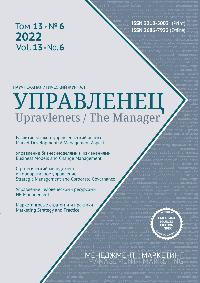Empirical geographic market definition for antitrust: The case of the Russian cement market

Publication date
Thursday, 29.12.2022
Authors
Meleshkina A.I., Filippova I.N., Shastitko A.E.
Series
The Manager. 2022. Т.13. №6. С.15–29
Annotation
Geographic market definition is an important element of antitrust enforcement in the framework of countering monopolistic activities and M&A (mergers and acquisitions) control. Incorrectly defined geographic market can lead to false conclusions about the state of competition. The main way to identify the geographic market is the SSNIP test, which, however, is not always applicable. The study presents the analytical approach to defining a geographic market based on actual data. The methodological basis of the study is industrial organization theory applied to antitrust. The proposed approach makes it possible to obtain empirically based conclusions about geographic market using statistical tests, such as the Elzinga-Hogarty test together with price action analysis (price correlation and relative price stability). The approach is tested using the case study of the cement industry with Russian producers’ participation in 2014-2020. Based on Rosstat data on monthly price dynamics and cement supplies between the federal districts, we prove that the cement market geographic boundaries were wider than one federal district for all the districts except the Far Eastern Federal District. The paper discusses the possibilities and limitations of the approach, such as the necessity comply with the requirements for the statistical properties of the studied time series, as well as full access to data. The study is vital for expanding the tools of relevant market definition applied in antitrust research.
Geographic market definition is an important element of antitrust enforcement in the framework of countering monopolistic activities and M&A (mergers and acquisitions) control. Incorrectly defined geographic market can lead to false conclusions about the state of competition. The main way to identify the geographic market is the SSNIP test, which, however, is not always applicable. The study presents the analytical approach to defining a geographic market based on actual data. The methodological basis of the study is industrial organization theory applied to antitrust. The proposed approach makes it possible to obtain empirically based conclusions about geographic market using statistical tests, such as the Elzinga-Hogarty test together with price action analysis (price correlation and relative price stability). The approach is tested using the case study of the cement industry with Russian producers’ participation in 2014-2020. Based on Rosstat data on monthly price dynamics and cement supplies between the federal districts, we prove that the cement market geographic boundaries were wider than one federal district for all the districts except the Far Eastern Federal District. The paper discusses the possibilities and limitations of the approach, such as the necessity comply with the requirements for the statistical properties of the studied time series, as well as full access to data. The study is vital for expanding the tools of relevant market definition applied in antitrust research.
Contents
Notes
Full version
https://upravlenets.usue.ru/images/100/2.pdf